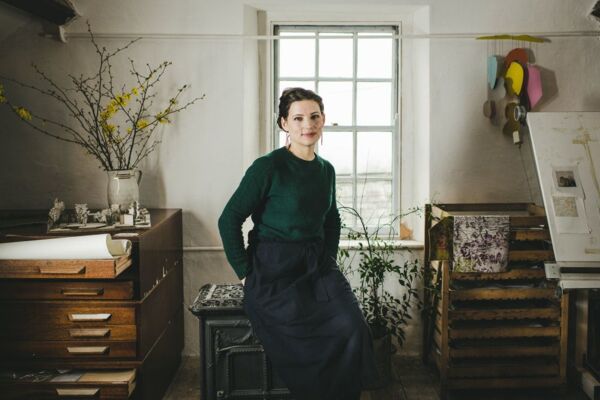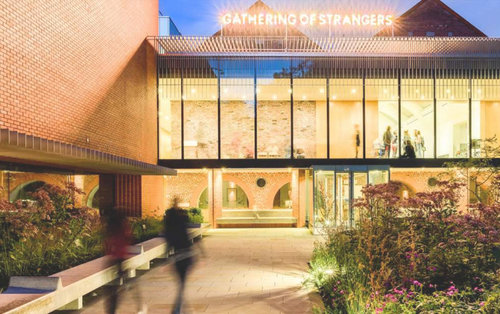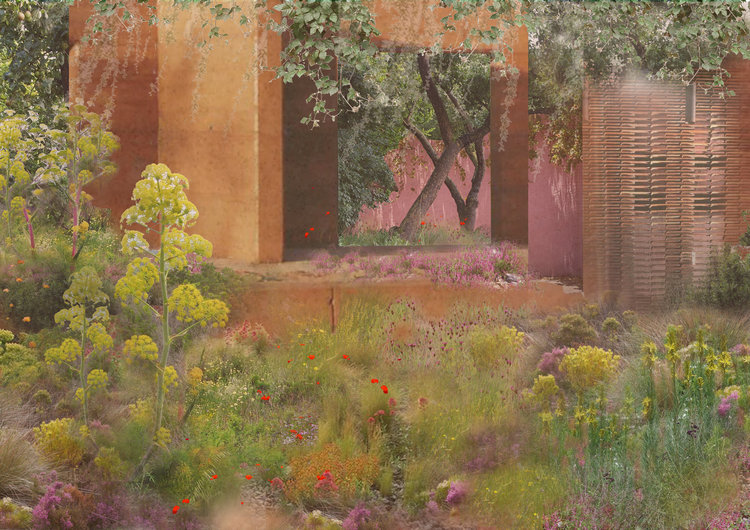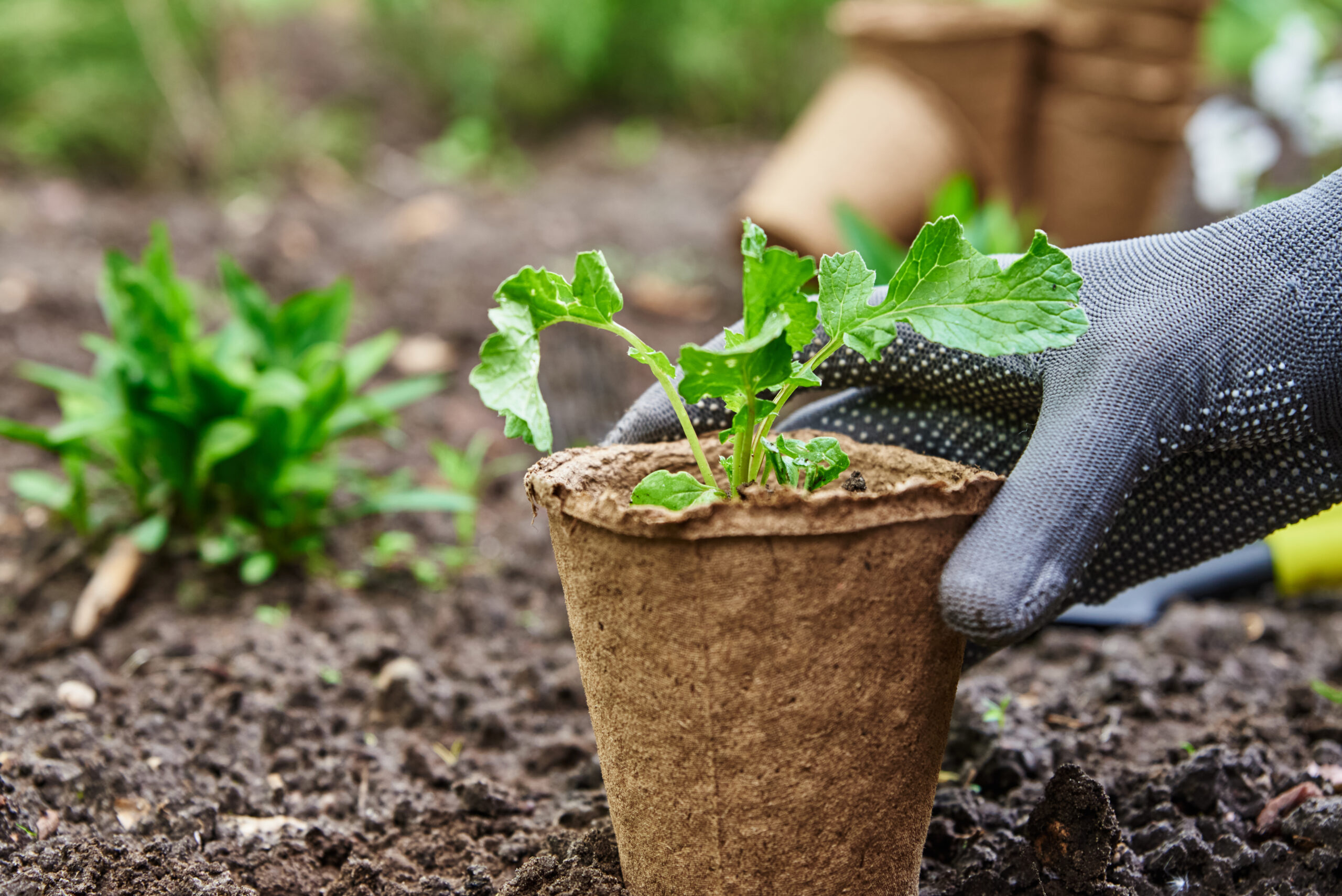Sarah Price has rapidly established herself as one of the most prominent and sought-after garden designers in Britain.
Her work
Drawing on a prior training in fine art and a life-long love of wild and natural environments, Sarah’s gardens have an immersive quality and are often described as ‘painterly’. Her practice is unusual for its breadth and scope of work.












